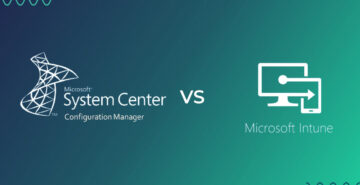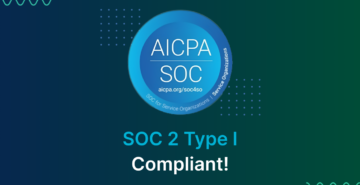In the current digital landscape, every business is heavily reliant on technology. With this comes the need for constant maintenance, updates, and patches to ensure that everything is running smoothly and securely. However, patch management can be a daunting task, especially for large organizations that have to deal with numerous systems, devices, and applications. This is where a centralized patch management system comes in handy.
It is a tool that enables businesses to manage patches from a single console, eliminating the need to manage patches on each system individually. This system automates the patching process, reducing the chances of human errors and making the process faster and more efficient.
Benefits of using a centralized patch management system
Patch management is an essential aspect of IT infrastructure management that ensures the security and stability of your system. Regular updates to your operating systems, applications and software are crucial for protecting your systems from security threats, vulnerabilities, and malware. A centralized patch management system is a solution that simplifies the patching process by enabling IT teams to manage and deploy patches from a single console. In this section, we will discuss the benefits of using a centralized patch management system for your business.
- Simplified Management: With a centralized patch management system, you can manage and deploy patches from one console. This simplifies the patch management process and eliminates the need to install patches on multiple devices.
- Increased Efficiency: Centralized patch management helps to streamline the patching process and automate many of the tasks associated with patching. This results in increased efficiency and reduced downtime.
- Enhanced Security: By keeping all your systems up to date with the latest patches, you can significantly reduce your organization’s risk of cyber attacks, malware infections, and other security threats.
- Cost Savings: A centralized patch management system can help to reduce the costs associated with patching by automating many of the patching tasks and reducing the amount of time required to manage patches.
- Compliance: Many industries have compliance requirements that mandate the regular patching of systems to remain in compliance.
- Improved Visibility: With a centralized patch management system, you have better visibility into the status of your systems and the patching process. This allows you to make informed decisions about patching and prioritize patches based on their criticality.
- Better Control: Its gives you better control over the patching process, allowing you to test patches before deployment and schedule patches to be deployed at a time that is convenient for your organization.
Centralized patch management vs decentralized patch management.
When it comes to managing patches for software, organizations have two main options: centralized patch management and decentralized patch management. Both approaches have their benefits and drawbacks, and choosing the right one depends on a variety of factors, such as the size of the organization, the number of devices that need patching, and the complexity of the software being patched.
Decentralized patch management involves managing patches for each device separately. This approach has its own set of benefits, including:
-
Flexibility:
Decentralized patch management allows IT administrators to patch devices on an individual basis, providing greater flexibility in terms of scheduling and prioritization.
-
Reduced Network Traffic:
With decentralized patch management, patches are downloaded and installed locally, reducing the amount of network traffic required.
-
Reduced Risk of Failure:
Decentralized patch management reduces the risk of a single point of failure, as patches are distributed across multiple devices rather than being managed from a single console.
Ultimately, the choice between centralized and decentralized patch management depends on the specific needs and requirements of the organization. A solution like JetPatch can provide the benefits of both approaches by offering a centralized console for managing patching policies, while also providing agents that can distribute patches locally to individual devices. This hybrid approach provides the best of both worlds, ensuring that all devices are patched in a consistent and efficient manner while also providing flexibility and reduced network traffic of decentralized patch management.
Conclusion
A centralized patch management system is an essential tool for businesses that want to streamline the patching process, reduce the risk of cyber attacks, and ensure compliance with industry regulations and standards. JetPatch provides businesses with a comprehensive patch management solution that simplifies the patching process and improves the security and reliability of the systems.
JetPatch is one of the leading providers of centralized patch management systems. JetPatch provides businesses with a comprehensive patch management solution that streamlines the patching process, reduces the risk of cyber attacks, and ensures compliance with industry regulations and standards. With JetPatch, businesses can manage patches from a single console, regardless of the device type, operating system, or location. This saves time and effort and improves the security and reliability of the systems.



